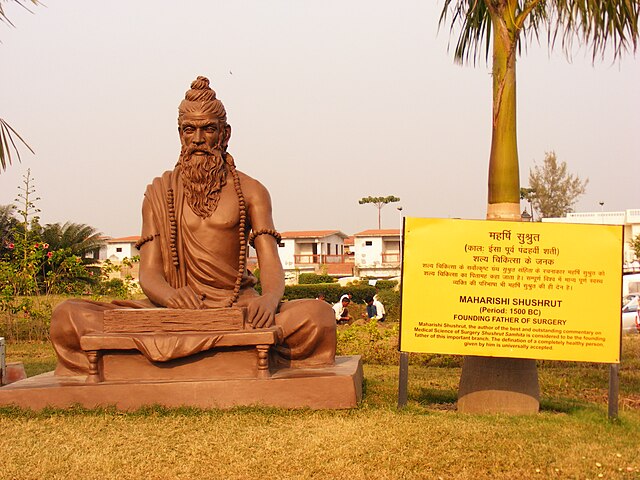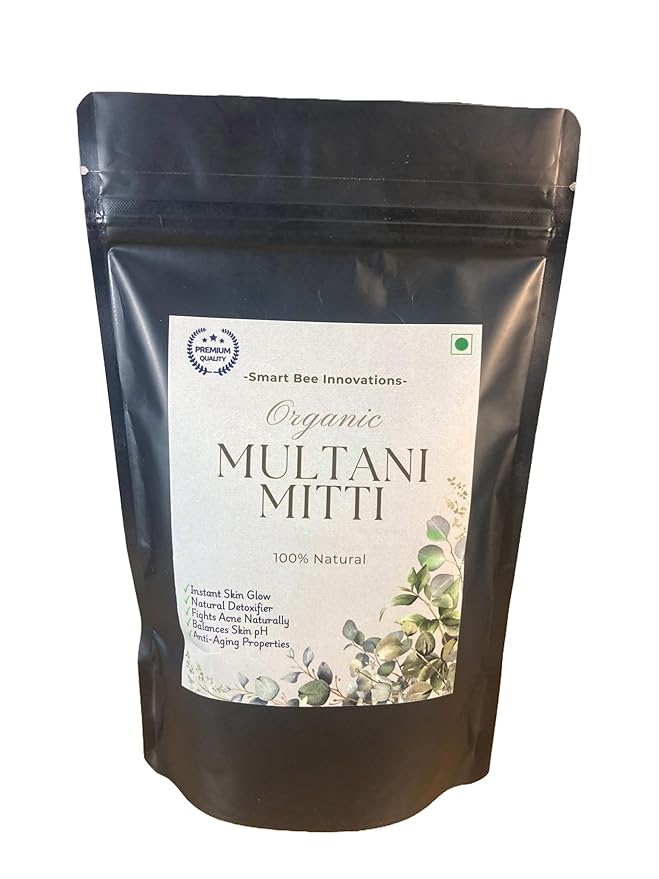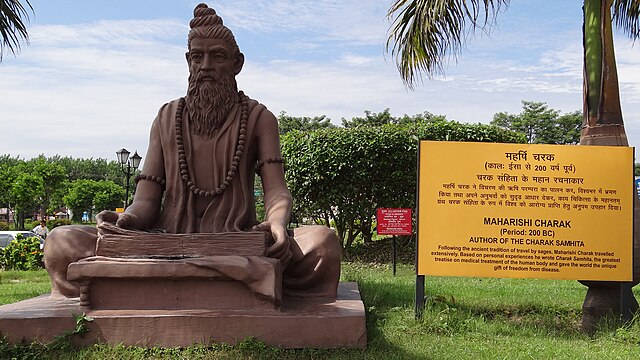Ayurveda is often misunderstood as mere herbal healing or spiritual folklore. In truth, it is one of the most advanced ancient sciences—a sophisticated system of biological and philosophical engineering developed in India over thousands of years. Its foundation lies in the Vedas, especially the Atharvaveda, where health was not isolated from nature, spirit, or behavior. Instead, it was integrated into a larger cosmic design. The word itself “Ayurveda” means “knowledge of life,” and that’s precisely what it sought: not just the treatment of illness, but the comprehensive design and maintenance of a life in balance.
What sets Ayurveda apart is how deeply it merges metaphysics with measurable practice. Far from a collection of folk remedies, it evolved through a methodical understanding of the body as a complex system—regulated by forces called doshas (vāta, pitta, kapha), which interact like subsystems in a machine. The functioning of these forces governs everything from digestion to thought, from sleep patterns to emotional response. When they are in balance, health thrives. When they are out of sync, disease begins.
Three ancient pioneers gave structure to this system. Charaka developed an encyclopedic guide to medicine—the Charaka Saṃhitā—which laid down principles for diagnosis, prevention, and therapy based on observation and systemic logic. Sushruta, another trailblazer, was a surgeon of remarkable precision. His Sushruta Saṃhitā contains descriptions of surgical tools, wound treatment, and even early forms of plastic surgery, including nose reconstruction. Vagbhata later synthesized the works of both predecessors into a more accessible, integrated manual called Aṣṭāṅga Hridayam, which blended internal medicine, surgery, mental health, nutrition, and daily living into one actionable doctrine.
What connects these texts is not just their depth, but their clarity. They do not rely on mysticism, but on repeatable processes—detoxification, organ cleansing, surgical intervention, dietary modification, and mental alignment. Treatments were not generalized but personalized. Practitioners read the pulse, observed the tongue, skin, eyes, and speech, and factored in environment, season, and emotion before deciding on therapy. In this sense, Ayurveda anticipated today’s movement toward personalized, integrative, and preventive medicine—by several millennia.

Vipresh Dwivedi’s Unveiling Ancient Hindu Technologies reframes Ayurveda in its rightful context—not just as a medical discipline, but as part of a broader ancient ecosystem of technology. This science extended far beyond healing, encompassing breakthroughs in metallurgy, architecture, water engineering, astronomy, and other advanced fields. Ayurveda fits seamlessly into this landscape. Techniques like Panchakarma (a five-part cleansing regimen), Dinacharya (daily rhythm alignment), and Rasāyana (rejuvenation through herbal and mineral compounds) were not just wellness fads but engineered protocols—tested, refined, and codified through centuries of use.
This framing challenges modern assumptions. We often see ancient systems as pre-scientific, yet Ayurveda’s methodologies show a level of experimentation and systematization akin to modern biology. For example, Rasāyana therapies included precise dosing, careful preparation of herbal-metallic compounds, and a focus on tissue regeneration and mental clarity—concepts now resurfacing in longevity research, adaptogenic science, and neuroscience.
Moreover, Ayurveda’s strength lies in its ability to look beyond the body as an isolated machine. It considers diet, behavior, community, seasonal change, and even moral alignment as essential variables in health. This is where its spiritual and scientific components converge. Health is not just the absence of disease but the presence of harmony—among cells, organs, thoughts, relationships, and rhythms. Dwivedi notes that such systems-based thinking is only now becoming mainstream in Western science under terms like “network medicine” or “systems biology.”
The global influence of Ayurveda is also profound. Historical evidence shows cross-pollination with Chinese medicine, Greek Unani practices, and Middle Eastern alchemical traditions. Ayurvedic surgery influenced early Islamic medicine, and texts like the Sushruta Saṃhitā were translated into Arabic as early as the 8th century. Even concepts of dietary temperaments and circadian health that are regaining popularity in Western wellness culture have roots in Ayurvedic logic.
Today, the relevance of Ayurveda is stronger than ever. As healthcare systems worldwide grapple with chronic disease, antibiotic resistance, mental health crises, and lifestyle disorders, Ayurveda offers something rare: an integrated model of human function that treats the root causes rather than isolated symptoms. It encourages proactive daily habits, food as medicine, mental hygiene, and sustainable living—all of which are foundational to long-term health.
One powerful, accessible example is Multani Mitti, a classic Ayurvedic remedy still beloved today. Traditionally used to detoxify the skin, balance excess oil, and cool the body, Multani Mitti isn’t just skincare—it’s Ayurvedic mineral therapy. Packed with natural minerals, it works by drawing out impurities and rebalancing skin function, just as ancient formulations intended. Whether used as a face mask, a body wrap, or a scalp cleanser, Multani Mitti reflects what Ayurveda always stood for: real ingredients, real effects, and harmony between body and nature.




